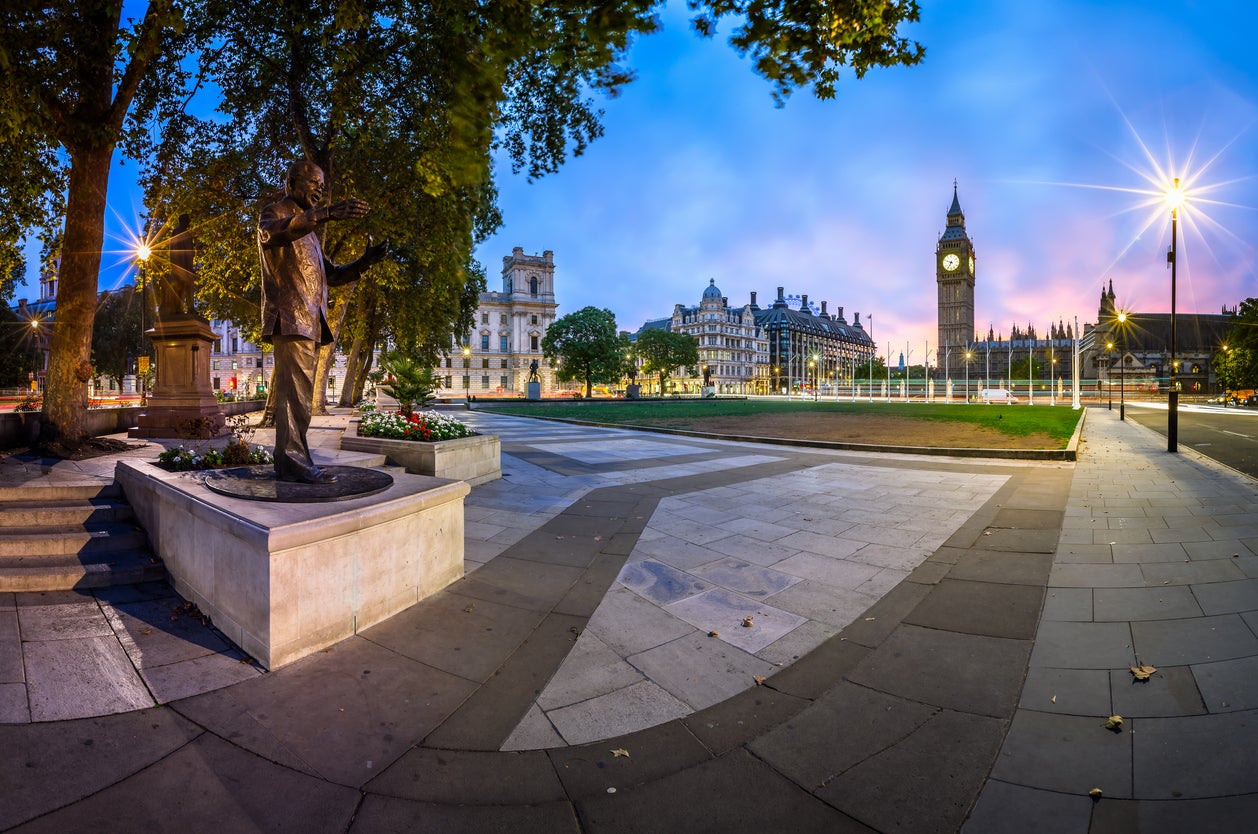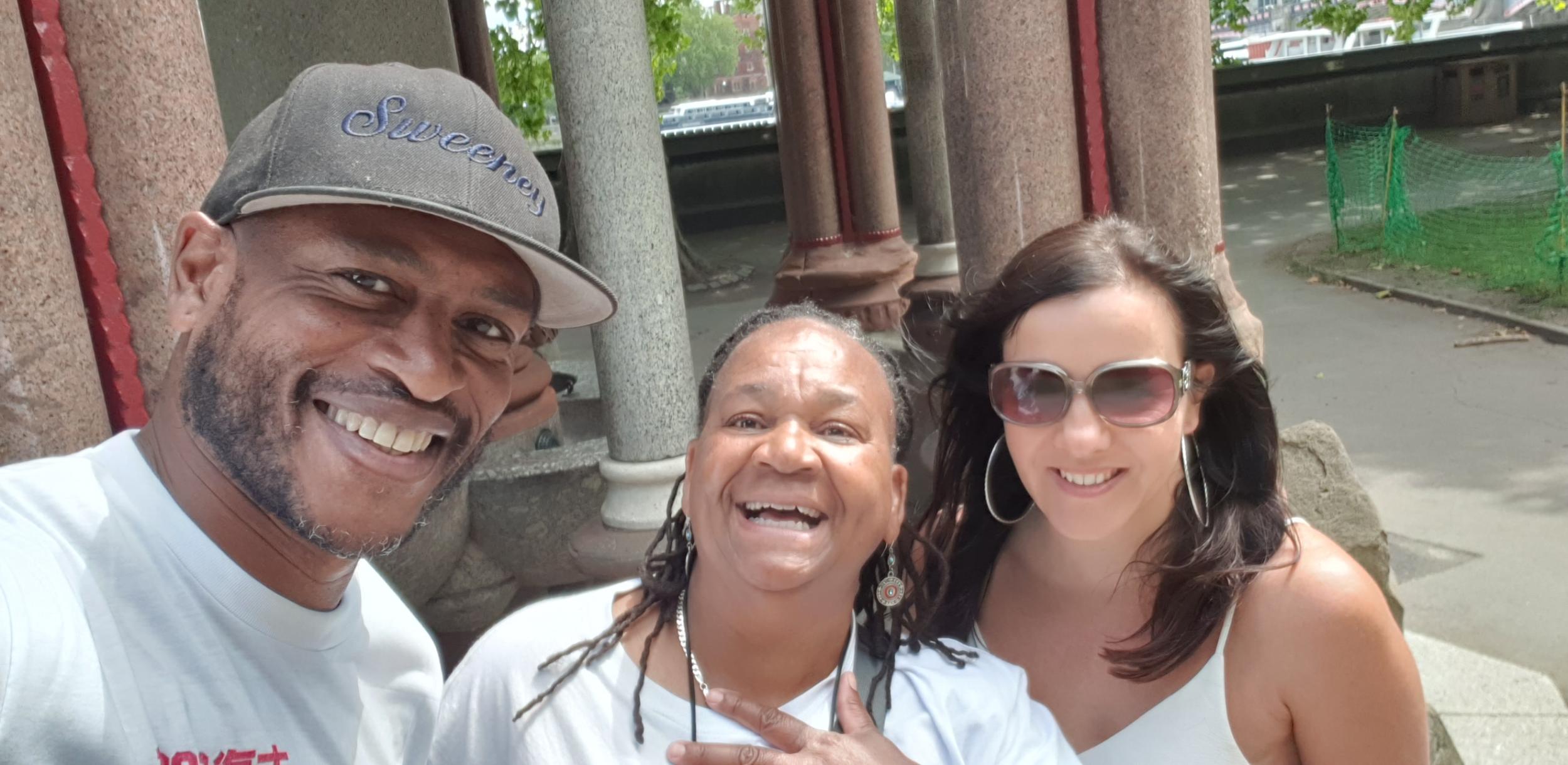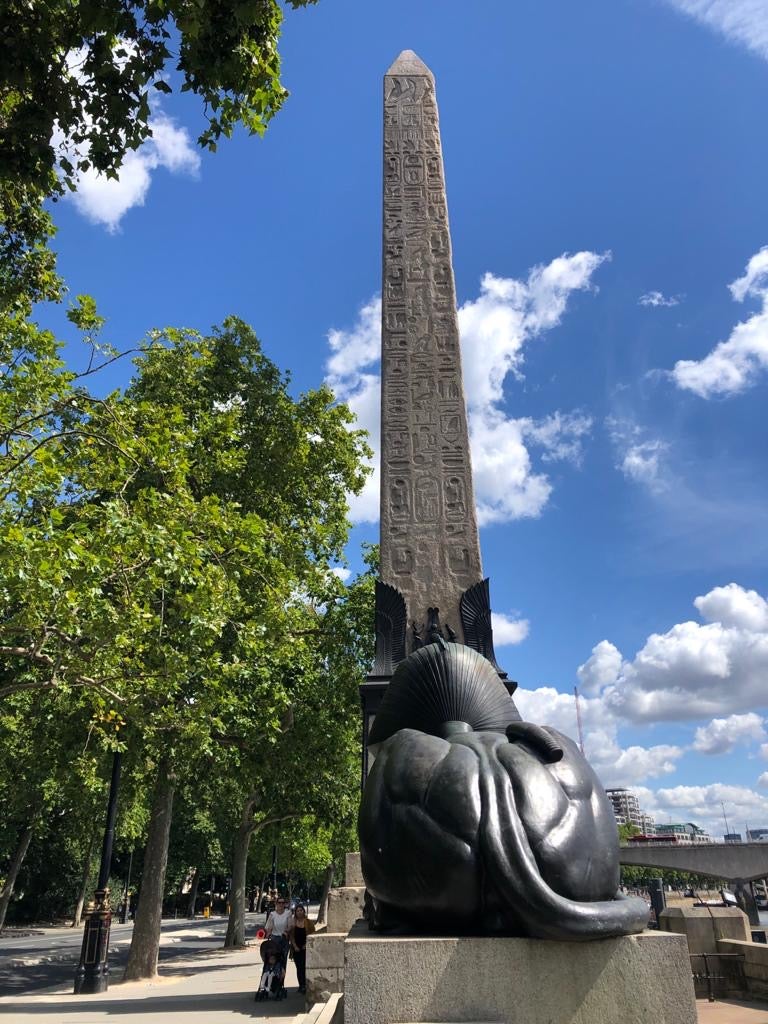Taking a tour of London’s black statues reveals another side to our capital’s past
The city is full of black history if you know where to look, says Jo Fernandez

In 2016, Londoner Avril Nanton, a former stand-up who once ran the first black female-owned comedy club in Tottenham, began to note how little information existed on black statues.
“I’d drive past a statue of, say, a woman holding a baby on a roundabout, then I’d look into it and find out she was black,” she says. ”I started to think, how many black statues are there in London? To my surprise, I found that there were loads.”
She also noted the lack of black tour guides and so, after qualifying as one at the University of Westminster, Avril’s Walks and Talks was born, with the first tour entitled Black Statues Around Westminster. Fast forward to 2020 and the tour is more topical than ever, after the violent death of George Floyd on 25 May this year led to a global rebellion against racism and a call for symbols of racism – such as statues celebrating our colonial past – to be removed. Meanwhile, some of our most important buildings and monuments contain black history from different eras and areas that have long been ignored, many of them in London.
My partner and I met Avril at Cleopatra’s Needle on the Embankment recently to take her original tour. As a kid, my mum would point it out as we drove through London, but neither I, nor my black partner, knew anything about its long and chequered history. As we walked towards the 21-metre high, 224-ton red granite obelisk, Avril filled us in on the story of one of the most famous African monuments in London.
Cleopatra’s Needle – nothing to do with the ancient queen, she explains – was made in Egypt for the Pharaoh Thutmose III in 1460BC. In 1819, the ruler of Egypt, Mohammad Ali, offered it to King George by way of thanks for England’s help in fighting the French in the Napoleonic wars. Covered in intricately carved hieroglyphics, now over 3,500 years old, the British government wouldn’t pay the high cost of transportation – presumably not deeming it worth it – and so it lay in the sand in Alexandria until donations were sufficient to pay for the strange cigar-shaped vessel needed to do this. A violent storm off the Bay of Biscay caused the boat-obelisk combo to sink en route and six of the crew to drown. Days later, it was rescued by the Spanish and finally arrived in London in 1877.
We move on to Trafalgar Square where, standing in front of Nelson’s Column, I confess that although I know Nelson had connections to slavery, I’ve no idea why. Avril steers us towards the “Death of Nelson” relief from the Battle of Trafalgar in 1805 on the base. To the left, the figure of George Ryan, a young African-born soldier, fought to save Nelson as a French sniper killed him. Discharged in 1813, following injury aged 32, George then disappeared from history. Avril introduced us (via her trusty iPad) to Joseph Johnson, another ex-sailor, who made a living from walking the streets of London singing shanty songs with a ship on his head, to explain what may have happened to George.

She then directed our attention across Trafalgar Square to the now empty Fourth Plinth, which a decade ago displayed British-Nigerian artist Yinka Shonibare’s Nelson’s Ship in a Bottle. This giant replica of Nelson’s flagship HMS Victory had a difference – the sails were made of African batik fabrics bought in Brixton, to reference colonialism, a theme defining much of the artist’s work.
We walked over to Parliament Square, past the Uganda High Commission and the South African Embassy, stopping at Westminster Abbey. Over the Great West Door, a row of 10 limestone figures of so-called “modern Christian martyrs’ includes black figures such as assassinated civil rights leader Martin Luther King, who is probably the best known, in the middle. To his left, Manche Masemola, a young South African member of the Pedi tribe, murdered by her parents for her Christian beliefs, and Janani Luwum, archbishop of the Church of Uganda and opposer of Idi Amin’s rule. The government attributed Janani's death to a car crash, but his family found his body riddled with bullets.

Black statues seem to receive controversy before they are even erected. The 2.7m bronze statue of Nelson Mandela with arms outstretched was originally intended for Trafalgar Square, a plan championed by then Mayor of London, Ken Livingstone. Westminster Council opposed the prime location, the Labour party suggested Parliament Square as an alternative, and in 2007, the statue was unveiled with Mandela in attendance. I couldn't help but note that his statue was the only one in Parliament Square not on a plinth.
We finished our walk at the Buxton Memorial Fountain inside Victoria Tower Gardens, a small patch of green by the river. This ornate, neo-gothic, pencil-like stone structure topped with mosaics of Aesop’s Fables (Aesop was a slave) commemorates the emancipation of slaves following the 1833 Slavery Abolition Act. Sadly, there are no references to any black abolitionists, with the focus solely on Thomas Fowell Buxton and his associates. Again, its location was not without contention; originally built in Parliament Square in 1865, it was removed in 1949 and re-erected in the gardens in 1957 with a variety of explanations given.
Despite my partner going to school in London and me in Suffolk, most of what we learnt on the walk was new to us, which shows just how little black history was taught in “our day”. Walks like Avril’s reveal the black figures that have somehow been swept under the carpet of history.
Despite the seriousness of the subject matter, we laughed a lot during the morning (Avril wasn’t a comic for nothing). And perhaps this is how history is best taught in the fight against racism – by a light-hearted luminary with a major mission.
Travel essentials
Avril’s Walks and Talks: Black Statues Around Westminster Walk, £11
Join our commenting forum
Join thought-provoking conversations, follow other Independent readers and see their replies
Comments